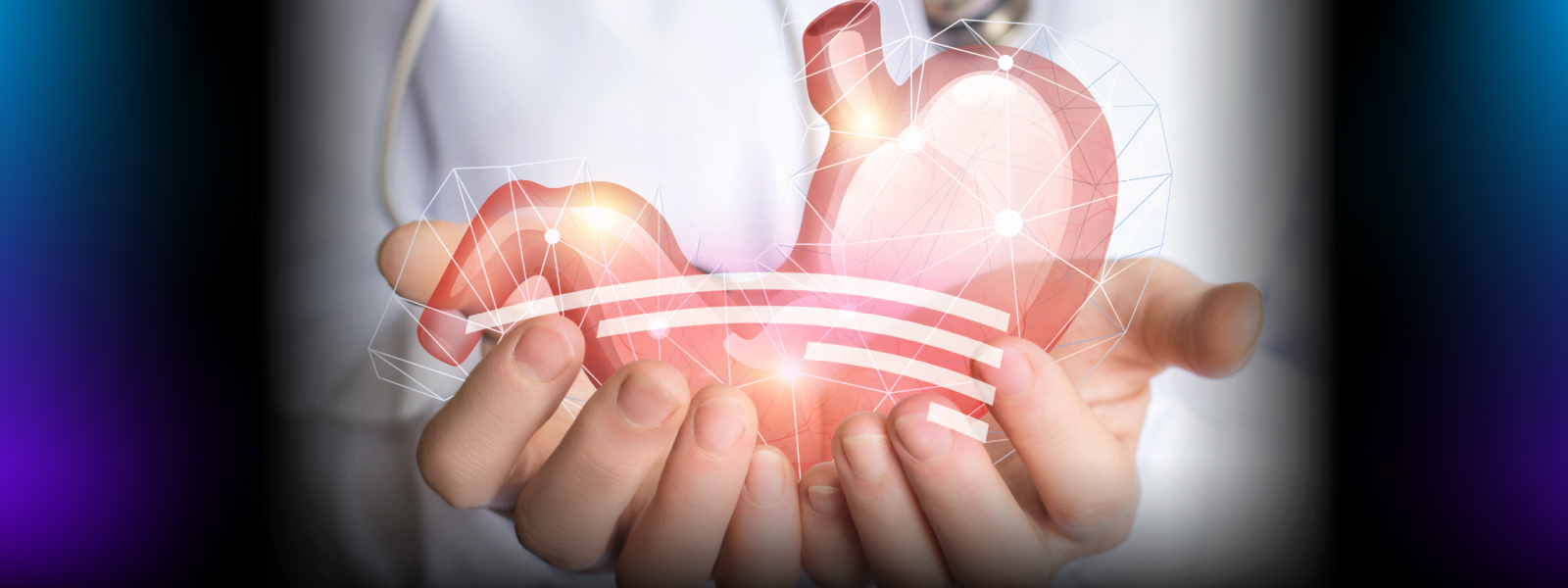ERCP can help Inspira Health gastroenterologists to remove stones and blockages in bile ducts or your gallbladder.
Endoscopic Retrograde Cholangiopancreatography (ERCP) is a technique your doctor may use to get a clear view of your bile ducts, pancreatic duct or gallbladder.
How ERCP Works
ERCP is a procedure that could help your doctor to remove stones in the bile or pancreatic duct or to place a stent to bypass a blockage.
Your doctor will perform ERCP during an endoscopy [link], a procedure where a thin, flexible tube is used to see inside your bowels.
During ERCP, your doctor will pass an endoscope through your mouth, esophagus and stomach into the duodenum, the first part of the small intestine. Then, they will pass a catheter through the endoscope into the ducts and inject dye into the pancreatic or biliary ducts and take X-rays.
What You Can Expect When You Have ERCP
Before the procedure, you may need to fast and temporarily stop taking certain medications. Depending on the specifics of the procedure and your medical history, your doctor may also prescribe antibiotics before ERCP.
During the procedure, your doctor will give you a sedative to make you more comfortable. In some cases, patients may need to be intubated depending on how well they respond to the sedative.. While the endoscope inserted in your mouth does not interfere with your breathing, you may experience a bloating sensation because of the air introduced through the instrument.
After the procedure, you will be observed for complications until most of the effects of the medications have worn off before being sent home.
Risks of ERCP
Potential complications of ERCP include a small risk of bleeding, infections, pancreatitis and perforation.
Most patients experience bloating or pass gas because of the air introduced during the examination.
From common gastrointestinal symptoms to rare conditions, Inspira Gastroenterology and Digestive Health providers help to diagnose and treat a wide range of issues.

